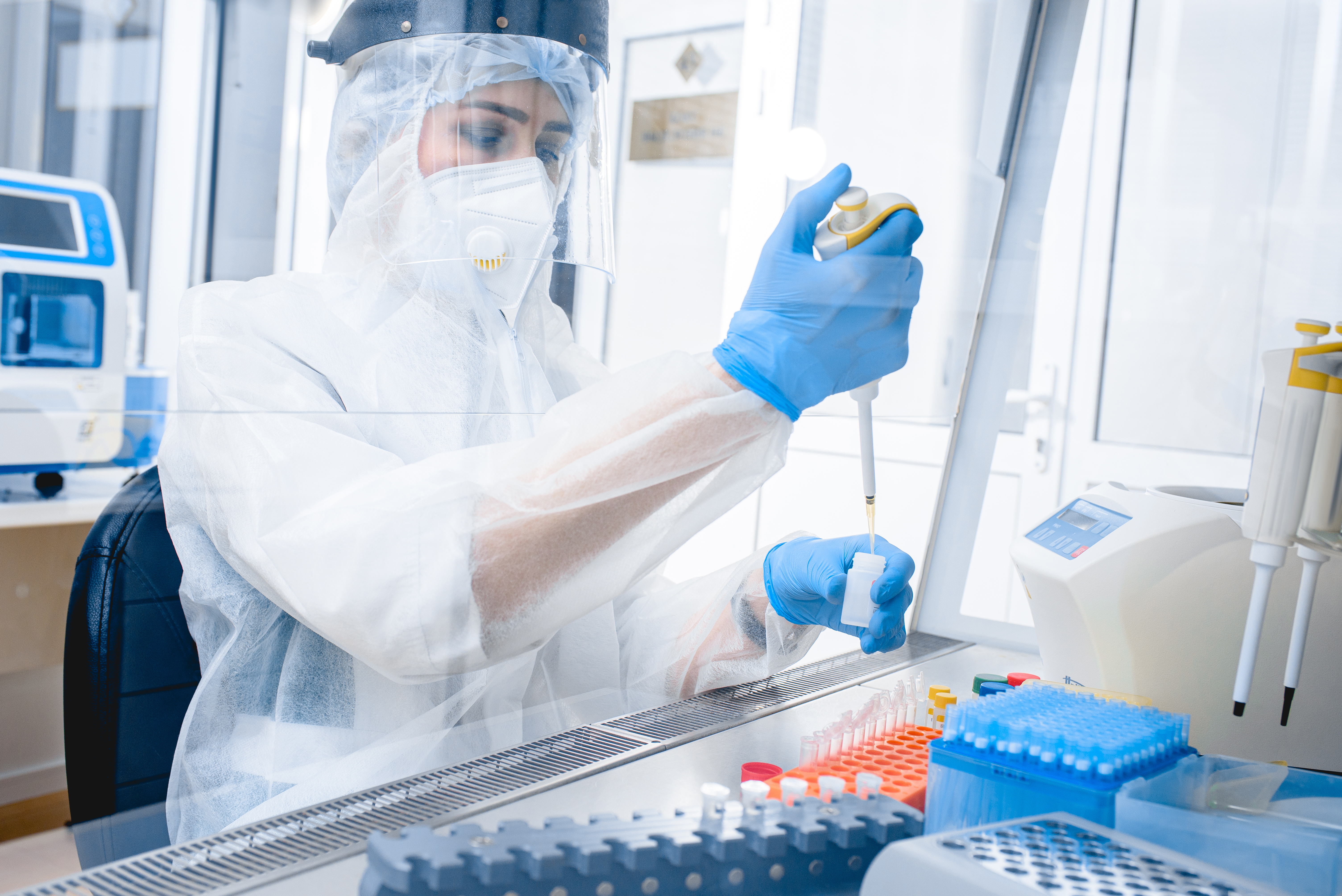Monkeypox has not yet been diagnosed in Iceland, but in light of the spread of infection in Europe, the chief epidemiologist considers it likely that infection will reach Iceland. It is important that the general public is informed about the disease symptoms and knows how to handle a suspected infection.
Monkeypox is a well-known disease but has typically been very rare outside of Central- and Western Africa. Individuals with symptoms and a suspected infection should NOT go to a health care centre or the Emergency Room at Landspitali Hospital; rather, they should contact the health care centre by phone at 513-1700 or via Heilsuvera’s online chat without delay.
Symptoms of monkeypox
- It usually takes two weeks from the time of infection for symptoms to appear, but it can take up to three weeks.
- The first symptoms are similar to those of the flu: fever, muscle aches, fatigue and headache.
- Two to three days later, rashes appear that are often accompanied by itching and discomfort. Some individuals get sore and enlarged, swollen lymph nodes. The rashes are initially flat but then develop bumps and later fluid-filled blisters. The rashes can be widespread and can also appear on hands and feet.
- The blisters eventually dry out and form scabs. When the blisters dry and the rashes heal, the individual is no longer contagious. The process can take up to four weeks.
- The rashes may resemble chickenpox or syphilis. What distinguishes monkeypox rashes from chickenpox rashes is that the monkeypox rashes are always all at the same stage for the duration of infection.
- Serious illness is rare (less than one in 10) and the disease usually runs its course without treatment.
Transmission of monkeypox
- Transmission occurs via droplet infection and contact infection in close company.
- The virus can also live for a long time on a dry surface (for a few months or years) and can thus be transmitted to people through clothing, bedding or towels.
- Droplet infection comes from the airway of the infected person through saliva, coughing or sneezing during close contact, while contact infection occurs when fluid from the rash travels from one person to another via physical contact, bedding, clothing and the like through the skin and mucous membranes.
Prevention of monkeypox
To reduce the risk of infection and widespread transmission, you should:
- Avoid having sex with multiple unfamiliar partners.
- Go into isolation if you develop symptoms suggestive of monkeypox and contact the health care centre by phone at 513-1700 or via Heilsuvera’s online chat.
- Be diligent about hand washing and cleaning of shared contact surfaces.
- Follow the directions on taking special precautions (Icelandic: smitgát) if you have been in close contact with an individual who is then diagnosed with monkeypox a day or two later.
Treatment of monkeypox
Isolation and special precaution protocols are used to stop the spread of monkeypox. The disease is usually mild and treatment is therefore primarily supportive. The infected person needs to be in isolation until the rash has healed, which usually takes two to three weeks but can take up to four weeks. Possible official remedies for those in Iceland who need to isolate but do not have the facilities to do so at their residence are currently being examined.
Those in isolation must:
- Stay in their own room or apartment. Use a separate bathroom if possible.
- Use their own food containers and utensils and clean up after themselves.
- Refrain from sharing clothing, towels or bedding.
- Stay at a distance from others, including by avoiding hugs, kisses, sex, and so on.
- Be diligent about washing their hands, and wear a face mask if others are nearby.
- Avoid interacting with people in vulnerable groups.
- Not interact with animals, as it is possible that the infection can be transmitted from humans to animals, which could then spread the infection back to humans.
- Wear a face mask, maintain social distance and cover rashes when leaving the house (for example, to take a walk outside).
Those who have been in the vicinity of an infected person and are therefore considered to be exposed to infection need to lay low as much as possible and follow special precautions for three weeks. Those taking special precautions (Icelandic: smitgát) must:
- Be aware of the symptoms of monkeypox. It can take up to three weeks for symptoms to appear.
- Be mindful of personal infection control measures, such as washing or sanitising hands frequently and maintaining good personal hygiene.
- Keep as much distance from others as possible, including refraining from having sex.
- Not interact with more people than is necessary.
- Not share food containers, utensils, clothes, bedding, towels and the like with others.
- Not interact with animals.
- Go into isolation if symptoms appear and contact a health care centre / health care provider.
More information in Icelandic can be found on Heilsuvera.is as well as on the Directorate of Health website.
